DeLarisso Steel Mill
The Legend
Location Overview
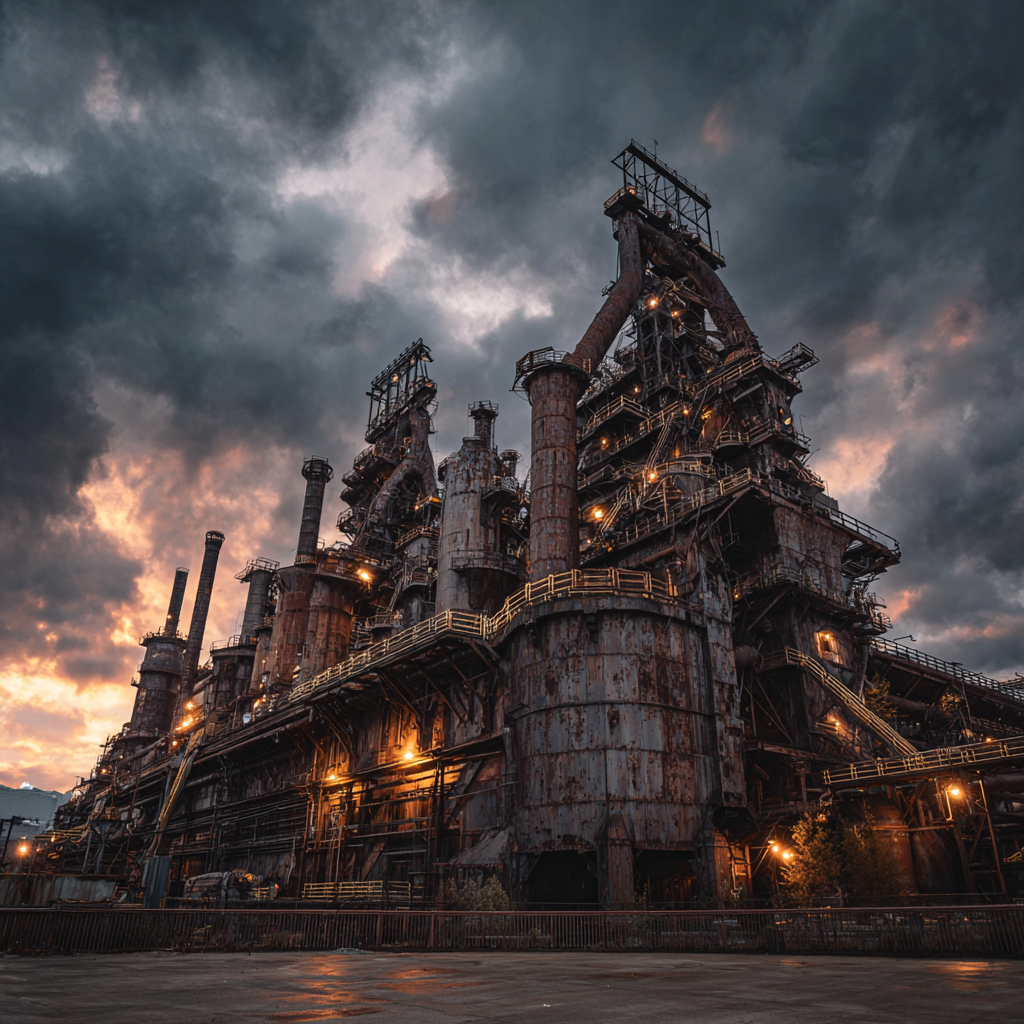
Massive industrial architecture, rusted beams, smokestacks

Machinery foundations, massive industrial space
Investigation Plan
- Acoustic Analysis: Identify and map all sound sources and echo patterns
- Thermal Imaging: Detect heat signatures and residual electrical activity
- Structural Survey: Complete mapping of remaining electrical and plumbing systems
- Population Assessment: Document vagrant/homeless usage of the facility
Advanced Equipment Deployment

Sound measurement devices, complex steel architecture
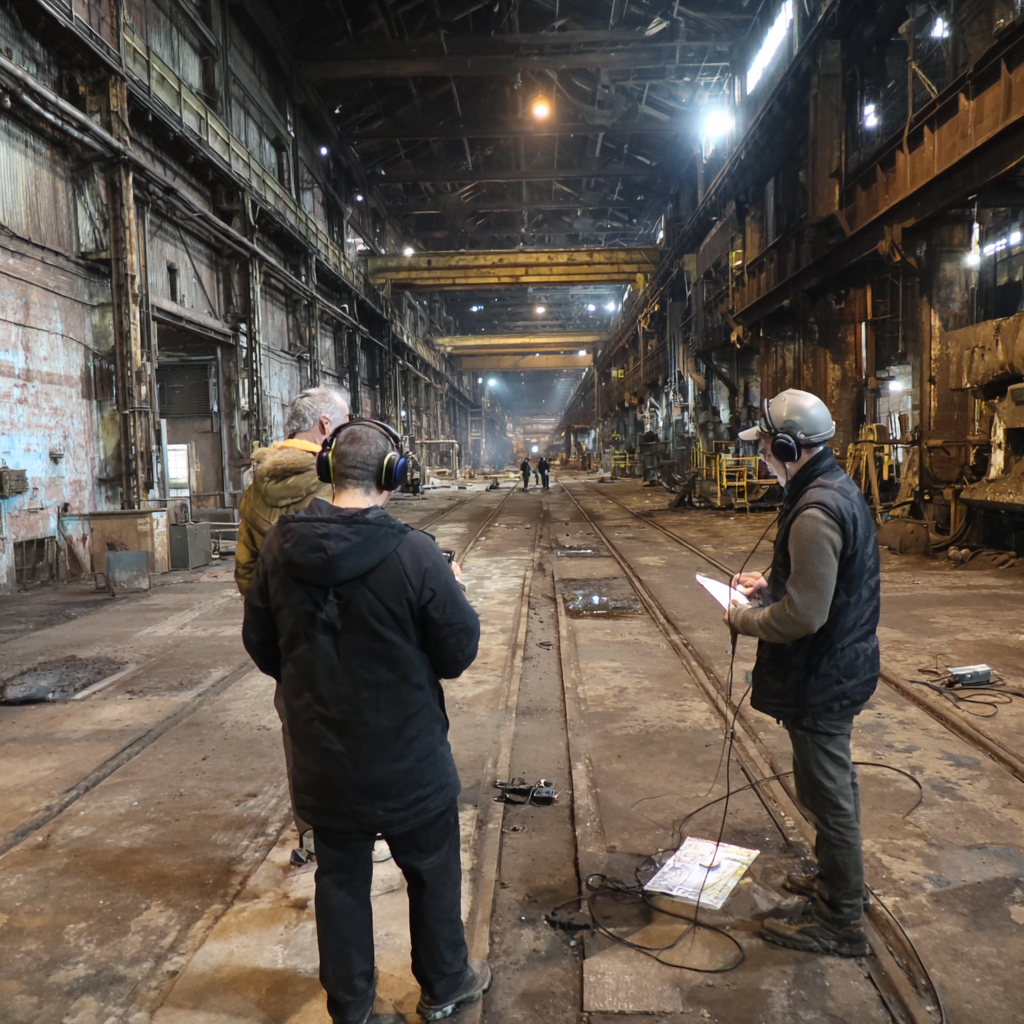
Heat signature detection, electronic equipment
The Discovery
Two primary factors combined to create the phenomena: active human presence in the form of a substantial homeless encampment, and the mill's massive steel framework creating complex sound distortion and amplification effects.
Human Activity Documentation

Makeshift shelters, respectful documentation
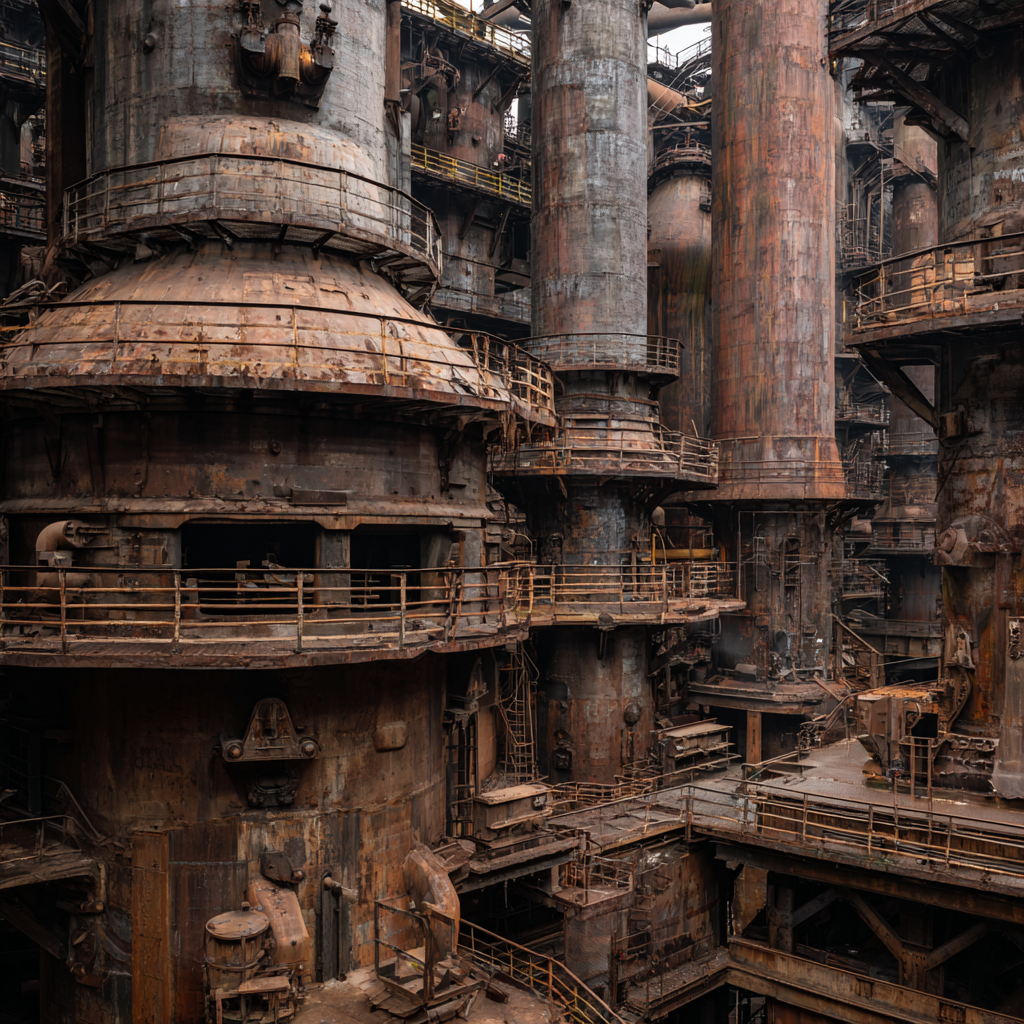
Salvaged materials, survival conditions

Power sources for improvised workshops
- Residents created workshops using salvaged materials and tools
- Illegal electrical connections powered improvised machinery
- Community followed informal "work schedules" for safety and security
- Activities included metalworking, repair services, and crafts production
- Work patterns matched reported "phantom worker" schedules
Acoustic Phenomena Analysis
The mill's steel framework created an extraordinary acoustic environment where modern sounds were transformed beyond recognition. Multiple sources contributed to the phantom industrial noise:
- Highway Traffic: Interstate sounds amplified through steel structure
- Active Factories: Noise from nearby operational facilities carried and distorted
- Encampment Activities: Workshop sounds echoed and transformed through building
- Weather Effects: Wind through steel beams creating metallic resonance
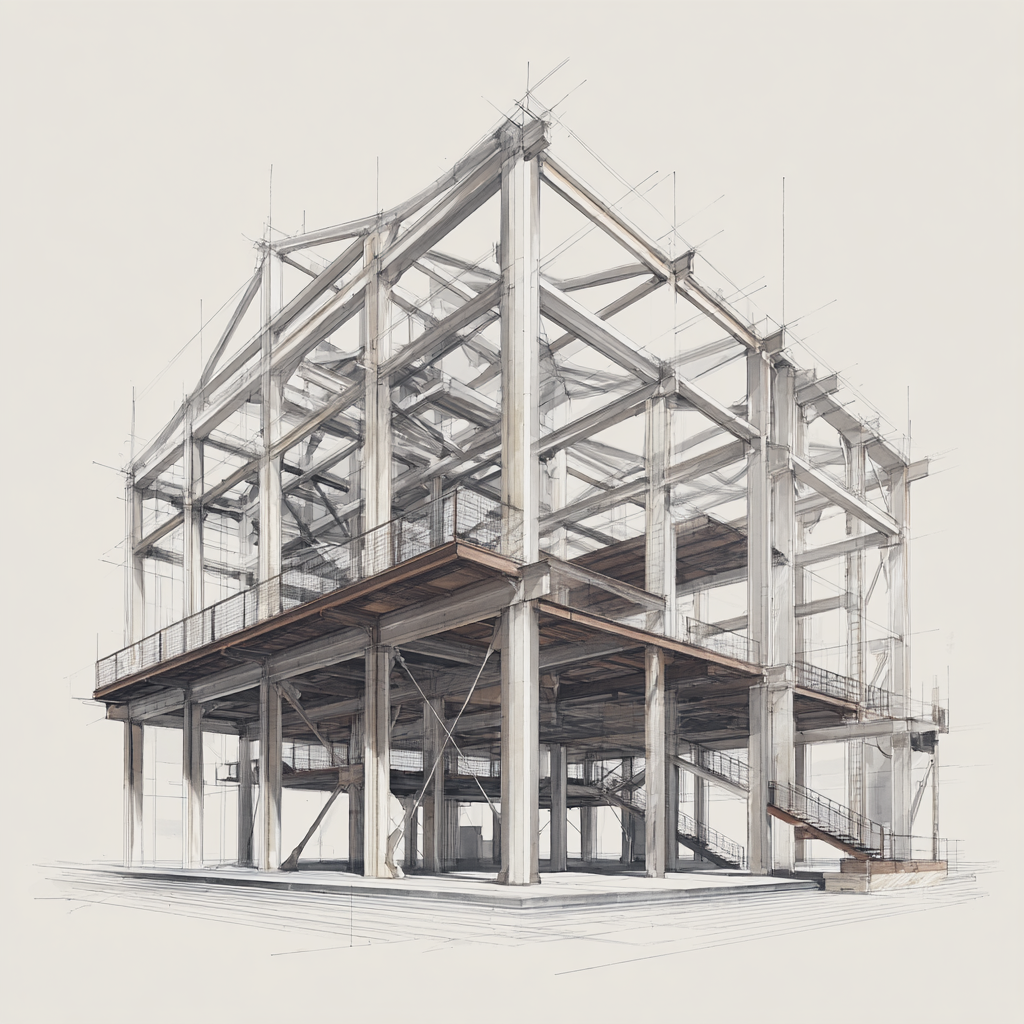
Complex architecture sound analysis
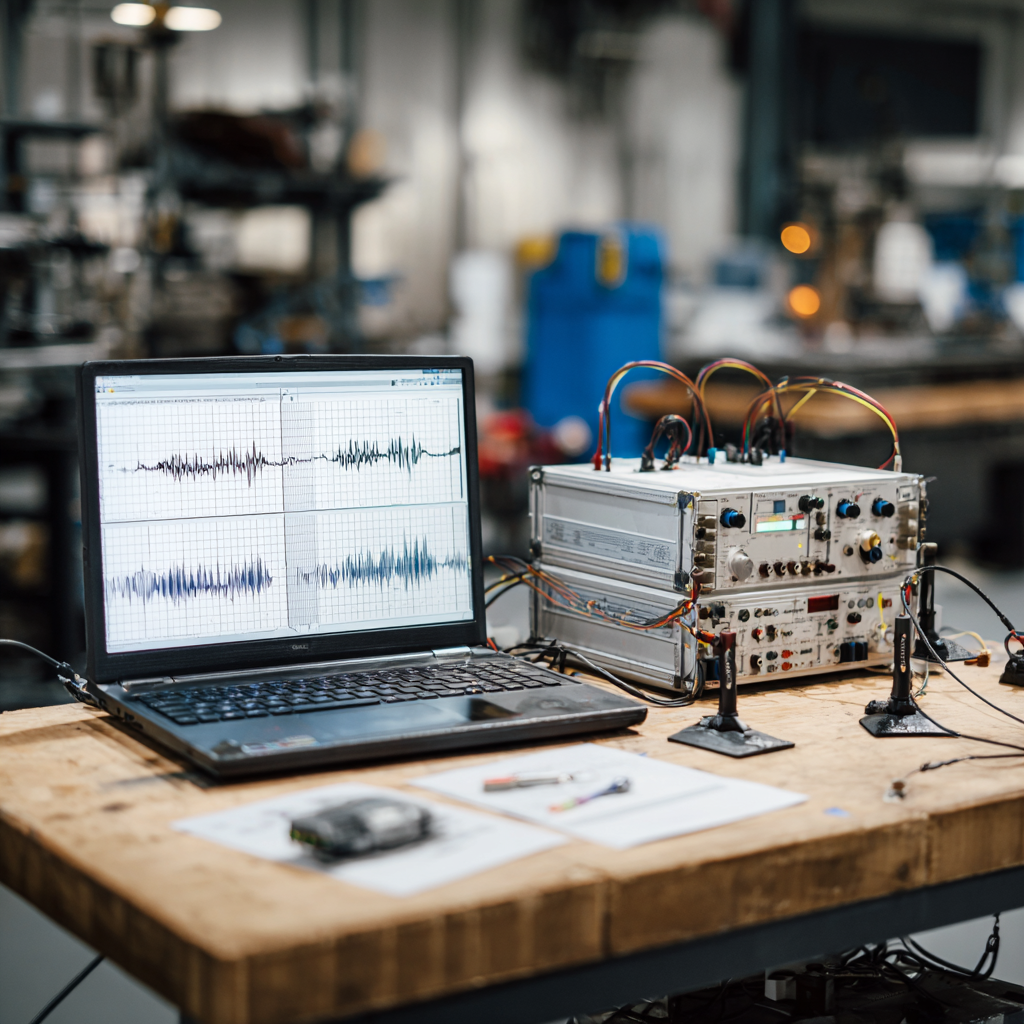
Professional investigation equipment
Thermal Analysis Results
Thermal imaging revealed heat signatures from encampment activities, residual electrical systems, and solar heating of massive steel structures. The building's thermal mass created temperature differentials that contributed to acoustic effects through air movement and metal expansion.
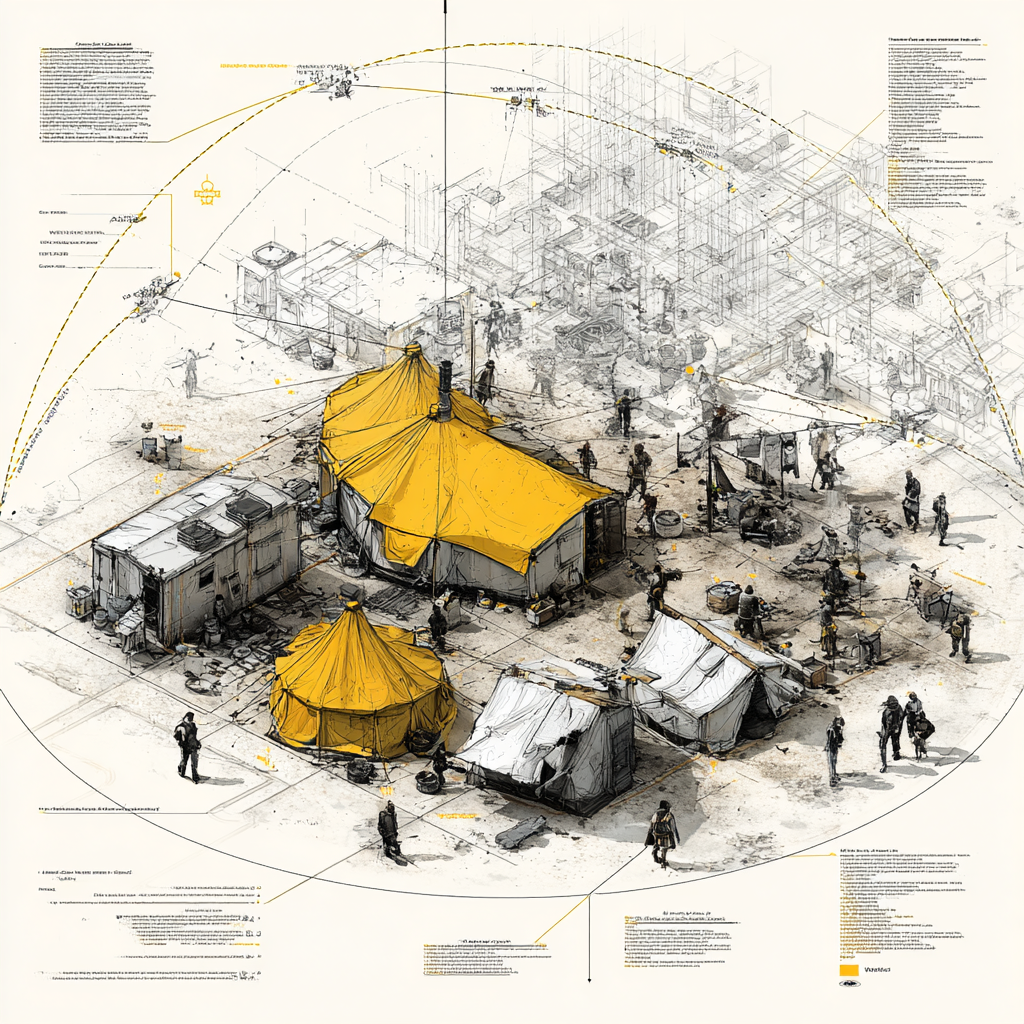
Heat signatures in abandoned industrial space

Residual power distribution analysis
Investigation Photos

Rusted steel beams, smokestacks against sky

Empty machinery foundations, dramatic lighting

Professional documentation, urban exploration

Complex beam architecture, technical analysis
Community Considerations
The DeLarisso investigation required careful consideration of the homeless community's needs and rights. Our documentation focused on explaining the phenomena while advocating for the residents' access to appropriate services and housing assistance.
- Obtained consent before documenting encampment areas
- Connected residents with social services and housing assistance
- Advocated for gradual, supportive relocation rather than immediate eviction
- Recognized the community's resourcefulness and skill in adapting to harsh conditions
Case Resolution
The DeLarisso Steel Mill investigation demonstrated how industrial architecture can create complex acoustic phenomena that transform everyday sounds into seemingly supernatural experiences. The case also highlighted the sophisticated survival communities that develop in abandoned industrial spaces.
This investigation established our most comprehensive methodology to date, combining acoustic analysis, thermal imaging, structural assessment, and community engagement to fully understand both the technical and human factors contributing to urban legends.
Phenomena Explained: 100% of industrial sounds traced to amplified contemporary activity
Technical Discovery: Steel mill architecture creates extraordinary acoustic effects
Community Impact: Facilitated supportive services for encampment residents
Safety Assessment: Documented structural hazards and electrical safety issues
The DeLarisso mill's acoustic properties represent an unintended consequence of industrial design. The steel framework, originally engineered for structural support and efficiency, creates one of the most complex acoustic environments we've documented. This discovery has implications for understanding similar phenomena in other abandoned industrial sites.